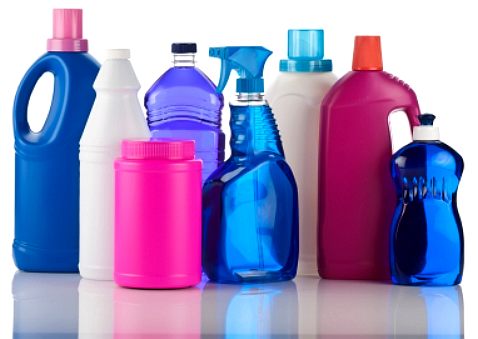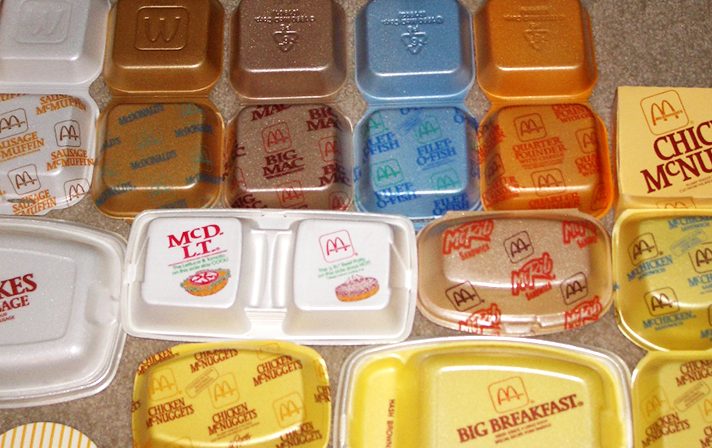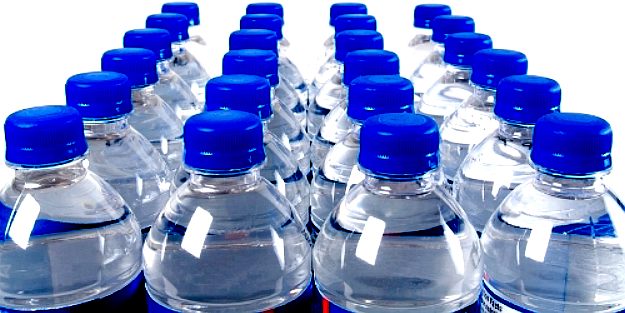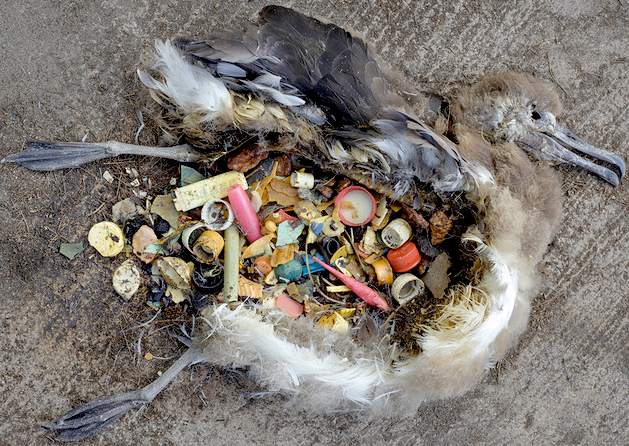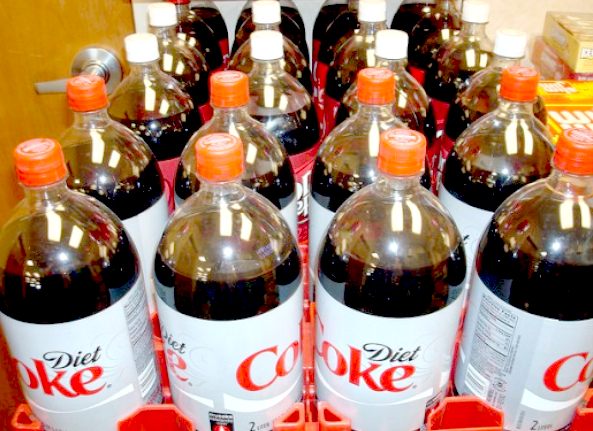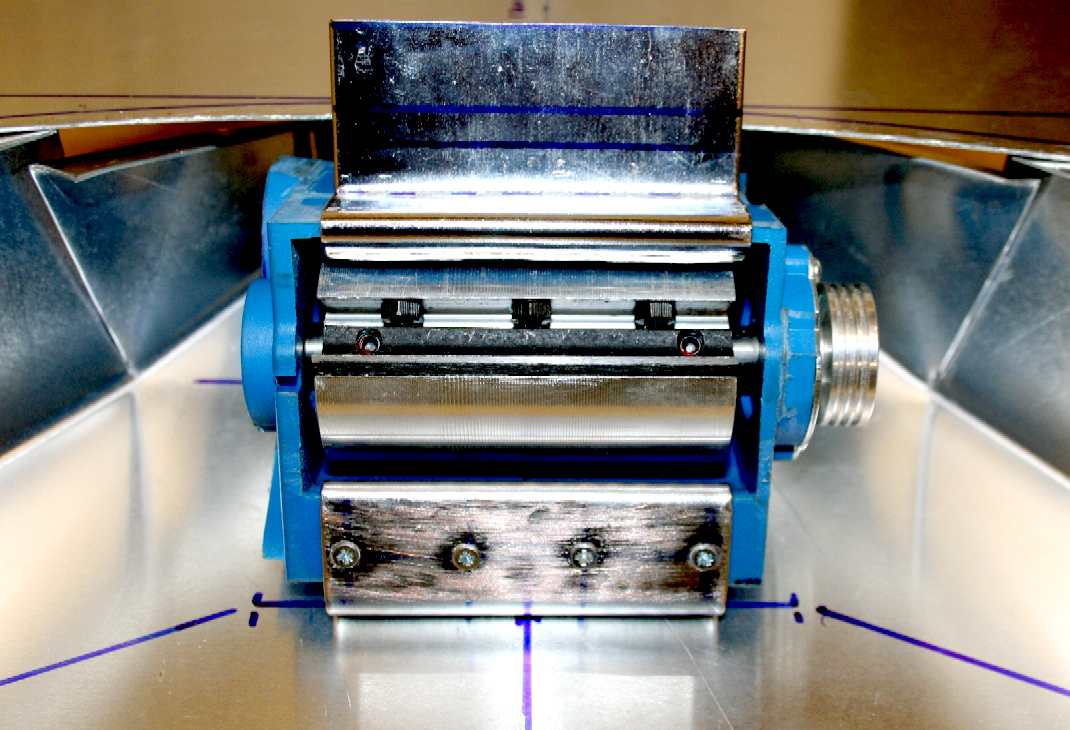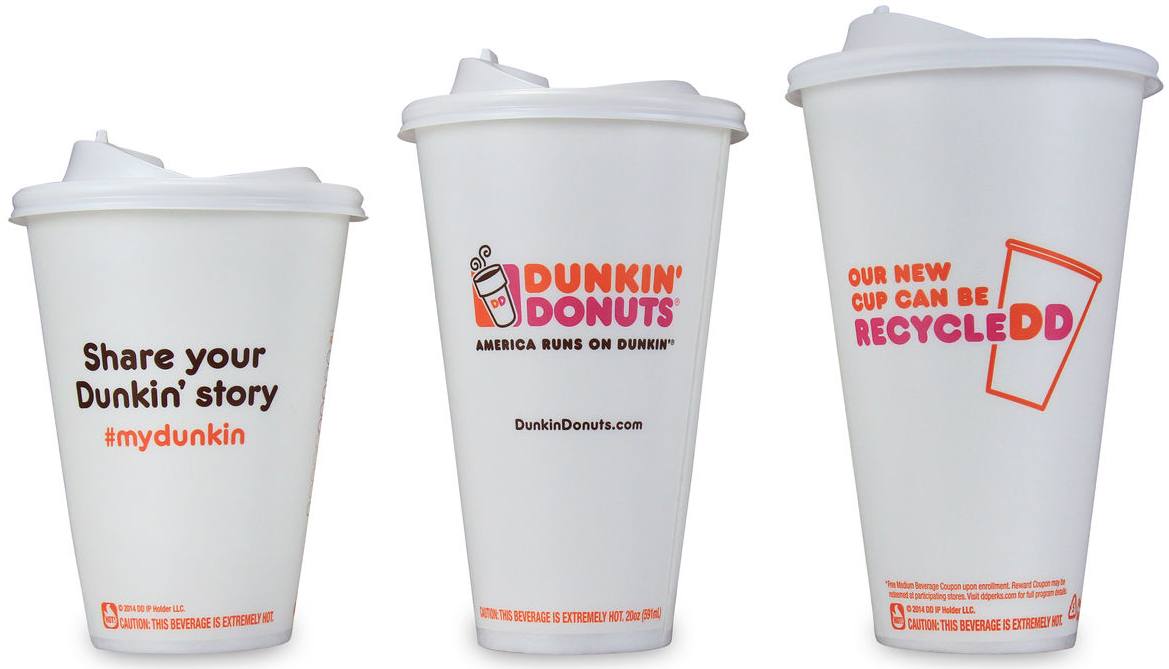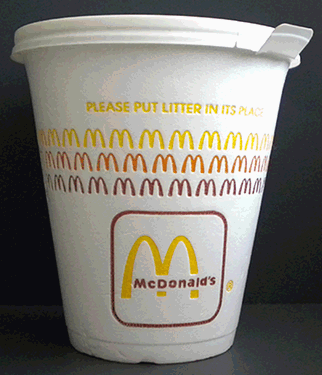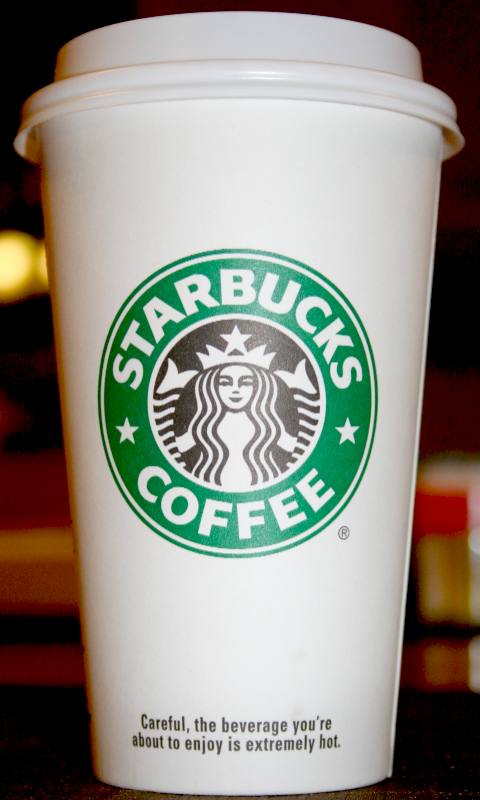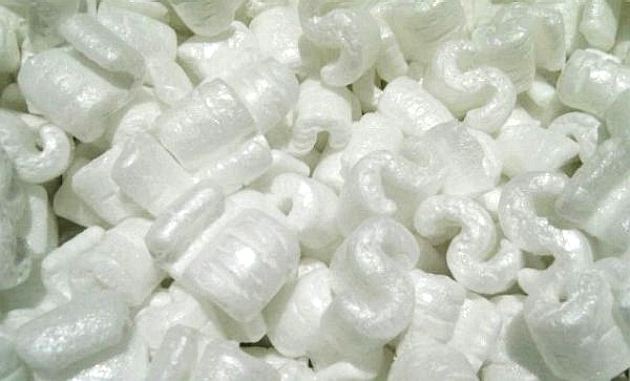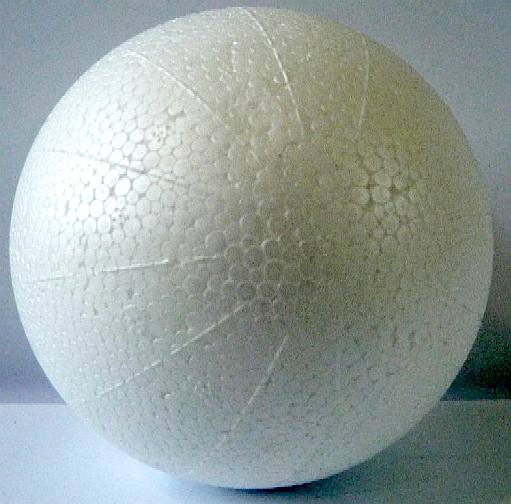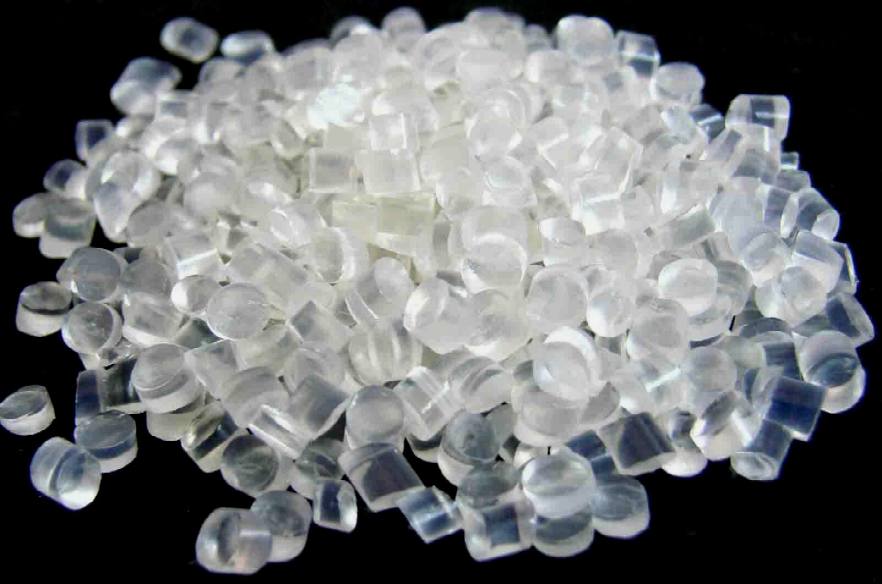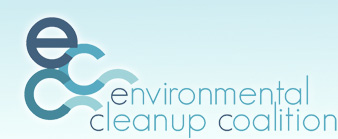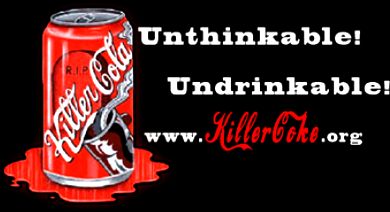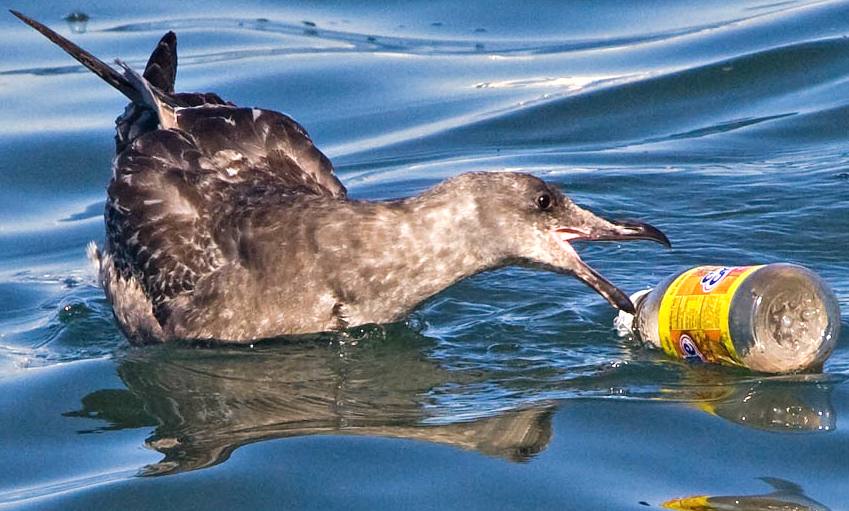|
PLASTIC
ABS - BIOMAGNIFICATION - BP DEEPWATER - CANCER - COTTON BUDS - DDT - FISHING NETS - FUKUSHIMA - MARINE LITTER MICROBEADS - MICRO PLASTICS - OCEAN GYRES - OCEAN WASTE - PACKAGING - PCBS - PET - PLASTIC - POLYSTYRENE - POLYPROPYLENE - POLYTHENE - POPS - SINGLE USE - STRAWS - WATER
|
|||||||||||||||||||||||||||||||||||||||
|
UNDER THE KITCHEN SINK - No housewife would be without her collection of goodies under the sink. The same goes for househusbands who covet their paint and spirit collection in the garden shed. Getting noticed in supermarkets and other convenience stores, is to a large extent responsible for the growth in popularity of single use plastic packaging that is attractive to humans and, unfortunately, animals in the wild.
Humans love plastic. It came into its own with the introduction of electricity and the need for insulation with Bakelite, a thermo-setting plastic. Since then, a whole science has built up with hundreds of thermo plastics that are used to make everything from computers to cars, and to package just about everything that we eat in disposable single use containers. Why? Because it is so cheap and adaptable.
The
name 'plastic' covers any of a wide range of synthetic or semi-synthetic organic solids that are malleable. Plastics are typically organic polymers of high molecular mass, but they often contain other substances. They are usually synthetic, most commonly derived from petrochemicals, but many are partially natural.
Most plastics contain organic polymers. The vast majority of these polymers are based on chains of carbon atoms alone or with
oxygen, sulfur, or nitrogen as well. The backbone is that part of the chain on the main "path" linking a large number of repeat units together. To customize the properties of a plastic, different molecular groups "hang" from the backbone (usually they are "hung" as part of the monomers before the monomers are linked together to form the polymer chain). The structure of these "side chains" influence the properties of the polymer. This fine tuning of the repeating unit's molecular structure influences the properties of the polymer.
DISPOSABLE PLASTIC - Saying that a plastic is disposable, presumes a system for disposing of the single use item safely. Sadly, the big users of disposable plastics, such as supermarkets, rely on local authorities to have in place a waste (rubbish) collection and treatment system that is comprehensive. But that is simply not the case. If it were, there would be no plastic in the oceans. A useful history of packaging is published by The Guardian in December 2013. This subject could be a on a new world history curriculum in schools, by way of cultural artifacts as an inclusive doorway into learning about social and economic history, to include big business, the environment, food supply or typography fashions in design - not to mention pollution and climate change.
THERMOPLASTICS
and THERMOSETTING POLYMERS
PETROLEUM RESERVES and GLOBAL WARMING
Most plastics are produced from
petrochemicals, ultimately making oil companies such as MobilExxon,
BP and Royal Dutch Shell, responsible for producing the raw materials that
allow us to pollute the oceans - never mind oil
spillages. Motivated by the finiteness of petrochemical reserves and threat of
global
warming, bioplastics are being developed. Bioplastics are made substantially from renewable plant materials such as cellulose and starch.
PET is used to make water bottles and polythene is used for the caps. Obviously, we would not say stop using plastic for drinks bottles, but we would ask that manufacturers and their customers, dispose of the empties responsibly. The key is to recycle.
BIODEGRADABILITY
Biodegradable plastics break down into smaller particles (degrade) upon exposure to sunlight (e.g., ultra-violet radiation), water or dampness, bacteria, enzymes, wind abrasion, and in some instances, rodent, pest, or insect attack are also included as forms of biodegradation or environmental degradation. Some modes of degradation require that the plastic be exposed at the surface, whereas other modes will only be effective if certain conditions exist in landfill or composting systems. Starch powder has been mixed with plastic as a filler to allow it to degrade more easily, but it still does not lead to complete breakdown of the plastic. Some researchers have actually genetically engineered bacteria that synthesize a completely biodegradable plastic, but this material, such as Biopol, is expensive at present. Companies have made biodegradable additives to enhance the biodegradation of plastics. The term biodegradable is though misleading, since the smaller plastic particles do not disappear, they just get smaller.
BAKELITE - 1907
The first plastic based on a synthetic polymer was made from phenol and formaldehyde, with the first viable and cheap synthesis methods invented in 1907, by Leo Hendrik Baekeland, a Belgian-born American living in New York state. Baekeland was looking for an insulating shellac to coat wires in electric motors and generators. He found that combining phenol (C6H5OH) and formaldehyde (HCOH) formed a sticky mass and later found that the material could be mixed with wood flour, asbestos, or slate dust to create strong and fire resistant "composite" materials. The new material tended to foam during synthesis, requiring that Baekeland build pressure vessels to force out the bubbles and provide a smooth, uniform product, as he announced in 1909, in a meeting of the American Chemical Society. Bakelite was originally used for electrical and mechanical parts, coming into widespread use in consumer goods and jewelry in the 1920s. Bakelite was a purely synthetic material, not derived from living matter. It was also an early thermosetting plastic.
NYLON - 1930s
The plastics industry was revolutionized in the 1930s with the announcement of polyamide (PA), far better known by its trade name nylon. Nylon was the first purely synthetic fiber, introduced by DuPont Corporation at the 1939 World's Fair in
New York City.
PLASTIC
DIETING - What's
for lunch mum? The Eastern Garbage Patch is a large gyre of marine debris located near the Midway Islands in the Pacific Ocean.
Albatrosses in the area give birth to 500,000 chicks every year, and nearly half of them
die – many of them after consuming plastic fed to them by their parents, who think it’s food.
POLYVINYL CHLORIDE - PVC
Polyvinyl chloride
(commonly called "vinyl") incorporates chlorine atoms. The C-Cl bonds in the backbone are hydrophobic and resist oxidation (and burning). PVC is stiff, strong, heat and weather resistant, properties that recommend its use in devices for plumbing, gutters, house siding, enclosures for computers and other electronics gear. PVC can also be softened with chemical processing, and in this form it is now used for shrink-wrap, food packaging, and rain gear.
GREENPEACE AUSTRALIA - Major bottlers led by
Coca Cola have campaigned fiercely to pressure governments, keeping them from adopting recycling refund schemes. Coca Cola has even gone so far as to take the North Territory Government to court in order to shut the NT scheme down.
Campaign to Stop Killer Coke
POLYSTYRENE
Unplasticised polystyrene is a rigid, brittle, inexpensive plastic that has been used to make plastic model kits and similar knick-knacks. It also is the basis for some of the most popular "foamed" plastics, under the name styrene foam or Styrofoam. Like most other foam plastics, foamed polystyrene can be manufactured in an "open cell" form, in which the foam bubbles are interconnected, as in an absorbent sponge, and "closed cell", in which all the bubbles are distinct, like tiny balloons, as in gas-filled foam insulation and flotation devices. In the late 1950s, high impact styrene was introduced, which was not brittle. It finds much current use as the substance of toy figurines and novelties.
PLASTIC OCEANS FOUNDATION
The Plastic Oceans Foundation is a registered United Kingdom Charity (Number 1139843). They are dedicated to protecting and improving the environment. Through a wide range of activities the Foundation hopes to educate, provide a resource base for study and research, campaign for improvements in legislation and policy, raise funds for the development of solutions and develop a worldwide integrated social media network aimed at achieving the mission.
PLASTIC SHREDDER - THE WORLD'S BIGGEST VACUUM CLEANER is a ship designed to suck up seawater and filter out the polluting plastic. The above picture is of the head of the proof of concept model boat, with the shredding mill under construction in July of 2015.
Millions of tons of trash enter the ocean each year and cluster in particular areas of the world’s oceans. One of the most infamous plastic debris patches is located in the North Pacific Subtropical Gyre, commonly referred to as the Great Pacific Garbage Patch (GPGP). This patch of “plastic soup” is twice the size of Texas and contains six times more plastic than plankton biomass.
That is why we are designing the largest vacuum cleaner that the world has ever seen. We also need a lot of them. We need an army of robotic cleaners that will not mind spending months away from home and will not moan about the weather or soggy chips. That is the beauty about machines. They do what they are asked to do and provided that they are well built, they should give years of unstinting service, cleaning up the mess that we made, because we did not have a crystal ball to see what harm we might be causing.
PLASTIC POLLUTION FACTS
1. In the Los Angeles area, 10 metric tons of plastic
are carried into the Pacific Ocean every day.
THE GUARDIAN MAY 2011
The world's largest soft drink manufacturer has designed the first plastic bottle that uses renewable materials and is 100% recyclable.
ACIDIFICATION - ADRIATIC - ARCTIC - ATLANTIC - BALTIC - BERING - CARIBBEAN - CORAL - EAST CHINA ENGLISH CH - GOC - GULF MEXICO - INDIAN - IRC - MEDITERRANEAN - NORTH SEA - PACIFIC - PERSIAN GULF - SEA JAPAN STH
CHINA - PLASTIC
- PLANKTON - PLASTIC
OCEANS - SEA
LEVEL RISE - UNCLOS
- UNEP
WOC
- WWF
BLOOMBERG
SEPT 2014 - Dunkin’ Donuts, looking to phase out its signature foam cups, is testing recyclable-plastic versions to see if they can withstand temperatures of 200 degrees Fahrenheit while helping preserve the environment.
Other food and drink chains have made efforts to make packaging more sustainable. Starbucks Corp. has been adding recycling to its stores in the U.S. and last year began selling a $1 reusable cup. McDonald’s Corp. started serving hot drinks out of paper cups and has said changing all of its U.S. restaurants to paper will take several years.
LINKS & REFERENCE
Anhui Excellent Plastic Film Tech.Co.,Ltd
Plastic
Boards 5 Gyres - Understanding Plastic Marine Pollution National Geographic 2014 July ocean-plastic-debris-trash-pacific-garbage-patch Plastic Soup News Blogspot 2014_July Un package me.whats wrong with plastic Neuro research project 2013 death-by-plastic http://ecowatch.com/2014/04/07/22-facts-plastic-pollution-10-things-can-do-about-it/ http://en.wikipedia.org/wiki/Polyurethane Wikipedia Acrylonitrile_butadiene_styrene Wikipedia Polymer Organic_synthesis Biogeosciences Net report on ocean plastic 2015 The Guardian sustainable business coca cola renewable bottle Greenpeace Australia what we do oceans stop trashing http://www.greenpeace.org/australia/en/what-we-do/oceans/Stop-Trashing-Australia/ http://killercoke.org/bottledwater.php http://www.theguardian.com/sustainable-business/coca-cola-renewable-bottle http://www.theguardian.com/artanddesign/gallery/2013/dec/11/mcdonalds-packaging-journey-through-time http://www.bloomberg.com/news/articles/2014-09-17/dunkin-donuts-tests-recyclable-cups-as-foam-loses-favor http://www.biogeosciences.net/12/1249/2015/bg-12-1249-2015.html http://en.wikipedia.org/wiki/Polyurethane http://en.wikipedia.org/wiki/Acrylonitrile_butadiene_styrene http://en.wikipedia.org/wiki/Polypropylene http://en.wikipedia.org/wiki/Polycarbonate http://en.wikipedia.org/wiki/Polystyrene http://en.wikipedia.org/wiki/Polymer#Organic_synthesis http://en.wikipedia.org/wiki/Plastic http://ecowatch.com/2014/04/07/22-facts-plastic-pollution-10-things-can-do-about-it/ https://www.indiegogo.com/projects/sailing-the-atlantic-ocean-to-study-plastic-pollution http://unpackageme.com/whats-wrong-with-plastic/ http://neuroresearchproject.com/2013/02/21/death-by-plastic/ http://plasticsoupnews.blogspot.co.uk/2014_07_01_archive.html http://www.plasticoceans.net/the-foundation/ http://www.greatrecovery.org.uk/plastic-its-a-lovehate-thing/ http://www.plasticboards.com
PLASTIC IN THE WILD - Plastic waste has a huge detrimental affect on wildlife. Plastic debris causes the deaths of more than a million seabirds every year, as well as more than 100,000 marine mammals. Syringes, cigarette lighters and toothbrushes have been found inside the stomachs of dead seabirds, which mistake them for food. Midway Atoll receives substantial amounts of marine debris from the Great Pacific Garbage Patch. Of the 1.5 million Laysan Albatrosses that inhabit Midway, nearly all are found to have plastic in their digestive system.
ABS - BIOMAGNIFICATION - BP DEEPWATER - CANCER - COTTON BUDS - DDT - FISHING NETS - FUKUSHIMA - MARINE LITTER MICROBEADS - MICRO PLASTICS - OCEAN GYRES - OCEAN WASTE - PACKAGING - PCBS - PET - PLASTIC - POLYSTYRENE - POLYPROPYLENE - POLYTHENE - POPS - SINGLE USE - STRAWS - WATER
|
|||||||||||||||||||||||||||||||||||||||
|
This
website is Copyright © 2018 Bluebird Marine Systems Limited. The names Bluebird™, Bluefish™,
SeaNet™,
SeaVax™
and the blue bird in flight
|
